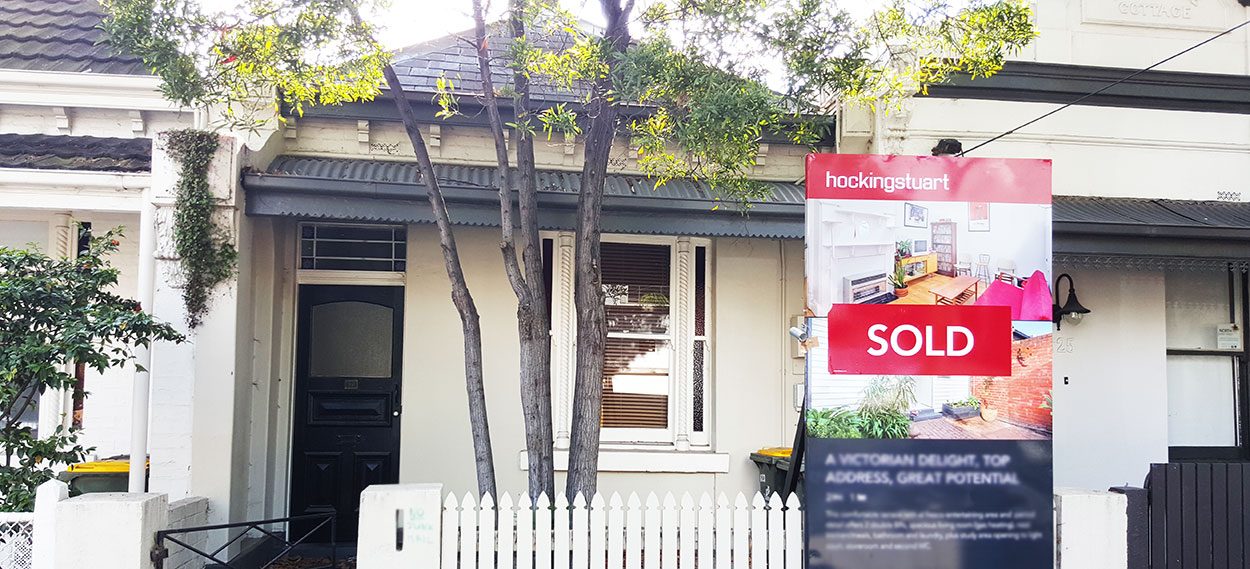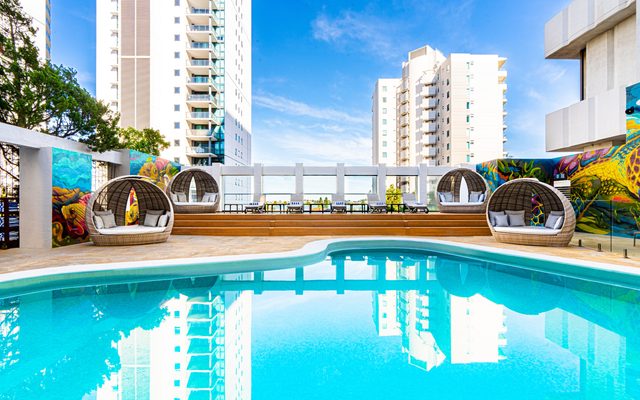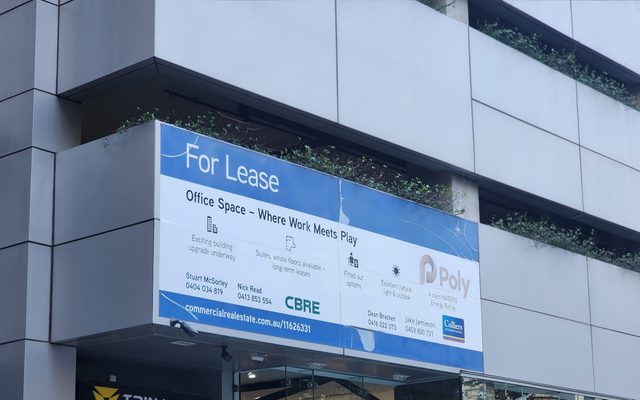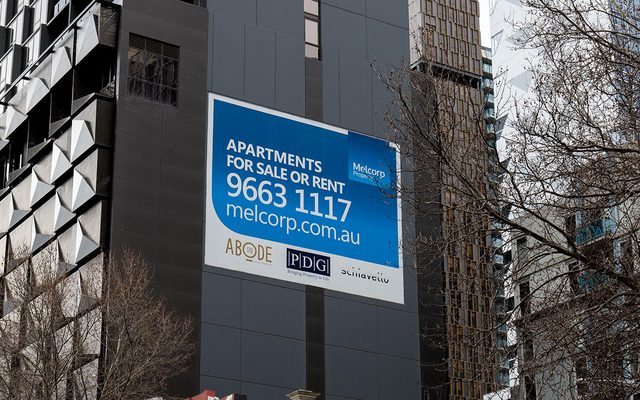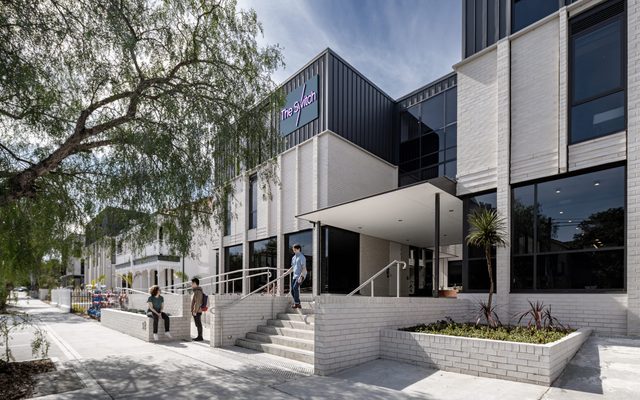This article is from the Australian Property Journal archive
A “changing of the guard” is taking place in Australia’s housing market, which is at its most diverse between the capital cities in at least a decade, according to CoreLogic.
CoreLogic’s latest Home Value Index showed national home values rose 0.5% in July, the 18th consecutive monthly increase, and have lifted 13.5% year-on-year.
However, conditions across the country are varied, with respective available supply levels the driving factor. Three capitals recorded a decline in values over the past three months, led by Melbourne, with a 0.9% fall, alongside 0.8% and 0.3% reductions in Hobart and Darwin respectively.
Sydney’s pace of growth slowed to 1.1% over the quarter, a fraction of the 5.0% quarterly gain recorded at the same time last year.
Meanwhile, the mid-sized capitals are continuing to buck the slowing trend. Quarterly growth in Perth is tracking at 6.2%, and Adelaide accelerated to 5.0%, its fastest rolling quarterly pace of growth in more than two years.
Brisbane values rose at a quarterly pace of 3.8%, though this is down from a 4.7% increase seen this time last year.
“We have not seen growth conditions this diverse across Australia’s housing market for at least a decade,” CoreLogic head of research Eliza Owen told Australian Property Journal,
Changing of the guard
Owen said that Melbourne has sunk to the fourth-most expensive market by median dwelling value – at $781,949 – and “looks very close to being overtaken by Adelaide”.
“That may happen next month. Melbourne’s median dwelling is now just 0.7% higher than the median across Adelaide. It’s a changing of the guard and just reflects the diversity of different housing markets.”
Adelaide’s median value is at $776,597, while Perth is snapping of both of their heels at $773,335.
Median values are led by Sydney ($1.175 million), Brisbane ($873,987) and Canberra ($870,910).
Melbourne’s fall down the rankings can be traced to a glut of supply since 2010.
“Between the end of 2010 and the end of 2023, there were about 770,000 properties completed across Victoria. That’s about 100,000 more than in NSW and it was the highest of any other state and territory,” Owen said.
“Victoria has been set up to absorb more demand because of that established supply.
“And then, there are far more properties or far more people looking to sell across Melbourne than there are buying right now,” Owen said. CoreLogic estimates that there were 27,000 properties advertised for sale across Melbourne in the three months to July, but only 21,000 properties purchased in that same period.
“Part of this is an accumulation of stock in areas like the outer suburban fringe, where in the north-west in particular, we’ve seen a bit of a build-up in stock that could be tied to issues of serviceability – perhaps people are looking to sell because economic conditions are weakening amid the ongoing high interest rates.”
“Demand is also slowing because migration hasn’t been as strong from an interstate migration perspective.”
Perth, Adelaide and Brisbane will stay on the growth path.
“Not only are strong growth conditions continuing across those markets, but Perth and Adelaide in particular are seeing an acceleration in the pace of growth,” Owen said.
Affordability constraints shift buyers’ focus
Borrowing capacity and affordability factors have seen buyers shift their focus towards the lower price points of the market.
Lower quartile values are leading growth trend across every capital city except Darwin and Canberra, which are also the two most affordable capitals after adjusting for local incomes. Across the capitals, lower quartile dwelling values are up 3.3% over the past three months, compared with a 0.8% increase in upper quartile values.
Units are now rising faster than houses across most of the capitals, with Darwin and the ACT the only exceptions, where affordability pressures are less pressing and there are higher supply levels across the medium- to high-density sector.
CoreLogic data shows most cities now have a median house value that is at least 1.5 times higher than the median unit value.
“The difference between the median house and unit value in Sydney, for example, is now $620,000, which is almost the price of another unit. So, it makes sense that we’re going to to see demand tip back towards the unit segment as affordability continues to blow out in the house segment.” Owen said.
